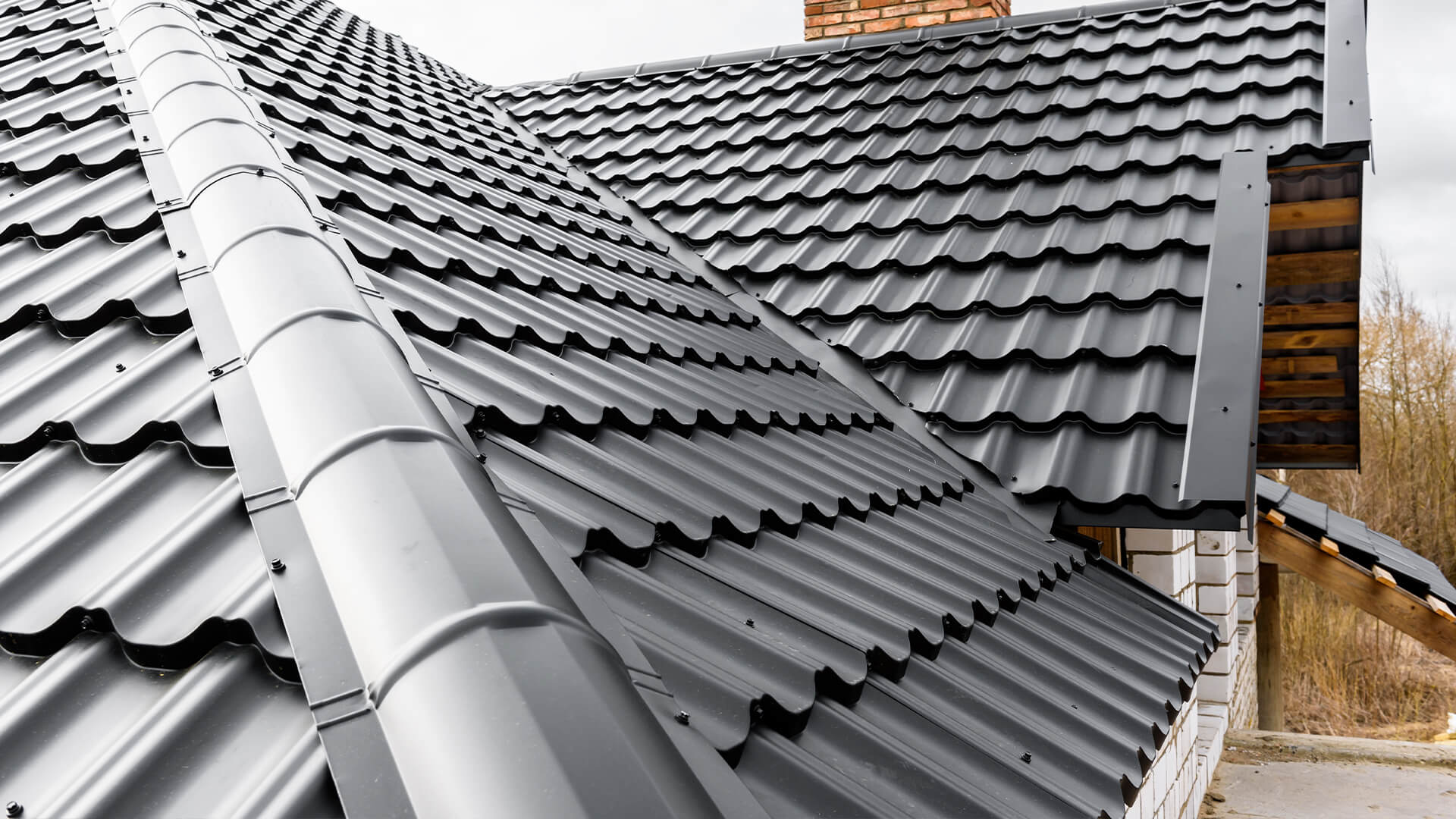The Importance of Selecting Experienced Roofing Companies Gainesville Florida
The Importance of Selecting Experienced Roofing Companies Gainesville Florida
Blog Article
Best Practices for Ensuring Correct Roof Ventilation
Guaranteeing appropriate roofing air flow is crucial for the long life and effectiveness of a roof system. A well balanced consumption and exhaust air vent proportion, commonly 1:300, plays a crucial function, with consumption vents ideally put at the lower edge of the roofing system for awesome air entrance and exhaust vents at the optimal for cozy air exit. Routine evaluations to recognize blockages and keep clear air flow are paramount. In addition, maintaining insulation away from vents is critical to stop airflow limitation. Understanding these fundamental elements establishes the phase for even more in-depth understandings right into installation and upkeep techniques that can significantly enhance your roof covering system's performance.
Understand Air Flow Essentials
Appropriately comprehending air flow essentials is necessary for making certain the durability and efficiency of roof. Reliable ventilation reduces moisture accumulation and temperature level extremes in the attic room, both of which can cause substantial architectural damage in time. A well-ventilated roof aids in protecting against common issues such as mold growth, wood rot, and ice dams, which can jeopardize the honesty of the roof covering materials and the underlying frameworks.
The main objective of air flow is to facilitate the motion of air, enabling a regular exchange between the interior and outside atmospheres. This balance is accomplished through a combination of consumption and exhaust vents that work together to maintain optimum airflow. Intake vents, commonly situated along the eaves or soffits, allow fresh air to get in the attic area, while exhaust vents, typically positioned at or near the roofing ridge, allow warm, moist air to run away.
Key factors influencing the efficiency of roofing air flow include proper placement, appropriate sizing, and making sure that both intake and exhaust vents are unhampered. Routine evaluation and upkeep are essential to identify possible blockages, damages, or inefficiencies in the air flow system, consequently protecting the roofing's efficiency and toughness.
Sorts Of Roof Covering Vents
Roofing vents play an important function in maintaining efficient attic ventilation and, by extension, the total health of the roof covering system. Various types of roofing system vents are readily available, each with distinct benefits tailored to certain roof demands.

Soffit vents are installed under the eaves and work in tandem with roofing system vents to make certain a well balanced intake and exhaust system. By enabling cooler air to get in from below, soffit vents help with the expulsion of hot air through upper vents. Gable vents, situated on the exterior walls of the attic room, offer an additional effective solution, especially in homes with saddleback roofs.
Assess Your Existing Air Flow

Following, think about the age and problem of your roof materials and air flow elements. Older systems might not abide by current building codes or might have weakened gradually, decreasing their efficiency. Conduct a complete assessment to determine any kind of indicators of damage, such as rust, damage, or voids that can endanger the system's performance.
Additionally, measure the attic temperature and moisture degrees. High temperatures and humidity can indicate insufficient air flow.
Setup Best Practices
Reliable setup of roofing ventilation systems is vital for guaranteeing ideal performance and long life. Correct setup starts with recognizing the specific ventilation demands of the building and the roofing it covers. This involves calculating the appropriate proportion of consumption to exhaust vents, normally sticking to the 1:300 regulation, which states one square foot of ventilation for every single 300 square feet of attic room flooring room.

The placement of vents is just as vital. Consumption vents ought to be installed at the roof covering's reduced edge, typically in the soffits, to enable great air to get in. Exhaust vents, on the other hand, ought to be mounted near or at the roofing's height to promote the departure of warm, moist air. This produces a natural airflow that helps keep temperature level and moisture balance within the attic room space.
Seal all vent links meticulously to stop air leakages and possible water seepage. Usage top notch materials and follow producer guidelines to guarantee sturdiness and effectiveness. Additionally, integrating ridge vents with baffles can substantially boost air movement effectiveness by avoiding wind-driven rainfall and snow from entering the attic.
Ultimately, exact installment of roofing ventilation systems alleviates prospective concerns such as mold development, ice dams, and architectural damages, guaranteeing the roofing system's stability and the structure's total wellness.
Regular Maintenance Tips
Consistency in upkeep methods is fundamental to making sure the long-lasting performance of roof covering ventilation systems. During these inspections, ensure that vents are cost-free of debris, nests, and various other obstructions that can hinder air movement.
Use a soft brush or a vacuum cleaner to eliminate dirt and particles from consumption and exhaust vents. Be mindful not to harm the air vent screens or louvers during the process.
Proper insulation is similarly crucial. Make certain that attic insulation does not obstruct the vents, as this can badly restrict airflow. Rearrange or change it to preserve an efficient obstacle. if any read this article insulation has actually shifted or resolved.
Lastly, replace any type of damaged or missing out on components quickly. Broken vents, fractured shingles, or worn-out blinking can all add to insufficient air flow and needs to be resolved right away. Routine maintenance makes sure that the roof covering ventilation system operates optimally, thus expanding the life expectancy of the roof covering itself.
Final Thought
Making sure correct roof covering air flow is paramount for keeping the effectiveness and longevity of a roof. Adherence to the 1:300 intake and exhaust air vent ratio, paired with the tactical placement of vents, is important. Normal biannual evaluations, particles cleaning, and making click sure insulation does not obstruct airflow are crucial practices. Carrying out these finest practices will foster a well-ventilated roof, therefore reducing possible issues associated with moisture accumulation and excessive heat, eventually prolonging the roof's lifespan.
A well balanced intake and exhaust vent ratio, commonly 1:300, plays a pivotal function, with intake vents preferably put at the reduced side of the roof covering for great air access and exhaust vents at the top for warm air leave. Intake vents, generally situated along the soffits or eaves, permit fresh air to enter the attic room, while exhaust vents, often situated at or near the roof covering ridge, allow warm, damp air to escape.
Soffit vents are set up under the eaves and work in tandem with roof vents to guarantee a balanced consumption and exhaust system. By enabling cooler air to enter from below, soffit vents assist in the expulsion of warm air via top vents. Adherence to the 1:300 intake and exhaust vent ratio, combined with the calculated placement of vents, is essential.
Report this page